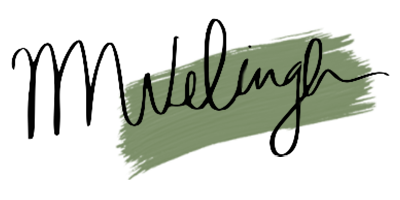3VR is a video intelligence company that offers surveillance and data mining software.
In the summer of 2015, I was tasked with redesigning 3VR's antiquated and clunky security monitoring system for its users: security professionals very familiar with said antiquated and clunky monitoring system. The challenge would be to take what these professionals were comfortable with and update it without violating any design basics, several of which were currently violated.
To begin with, I determined which functionalities were most difficult to use and how to simplify them. 3VR's security monitoring system revolves around the use of four major functions: "search," "alerts," "people," and "cases." The connection between each functionality was convoluted and often not apparent, so I sat down and rethought how they should all be related.
In addition to updating the ease of use of their software, 3VR wanted to move from an install-based application to a web app. In order to reflect that aesthetic, I researched several home security monitoring companies. In order to make sure the four major functions were also web-ready, I researched my favorite implementations of those functions as well. I took inspiration from places like Dropcam, Nest, and Google to name a few.
After speaking with some of the users of 3VR's original software, I discovered that the screen users spent the most time on was "Single Camera View." In the original software, there was no way to visually locate where on the timeline "activity" was recorded (like motion, facial recognition, or license plate recognition). To reflect that disparity I came up with the following screen, where the orange sections on the timeline reflect activity.
The original software also had a several-step search method to locate a specific file or activity amongst all the recorded and ongoing footage. It was hard to look at, and even harder to use. In order to relate more directly to the user, I tried to redesign the same functionality with more modern, flat design. I came up with the following.
However, when I sat back and looked at it, it really wasn't all too different from the old function- the screen was still unnecessarily cluttered, there were too many buttons, and there was just no freedom in the function because the parameters were too rigid. So I tried again, and came up with the following:
You'll notice it looks a lot more like Google: you start with a relatively basic search, and use the tools on the "results" screen to narrow down to the file you're looking for. Though a departure from the original application, the style of search is so pervasive that it's not unfamiliar.
The rest of the functionalities were equally revamped- if you'd like to see more, or give feedback, please reach out to me!




